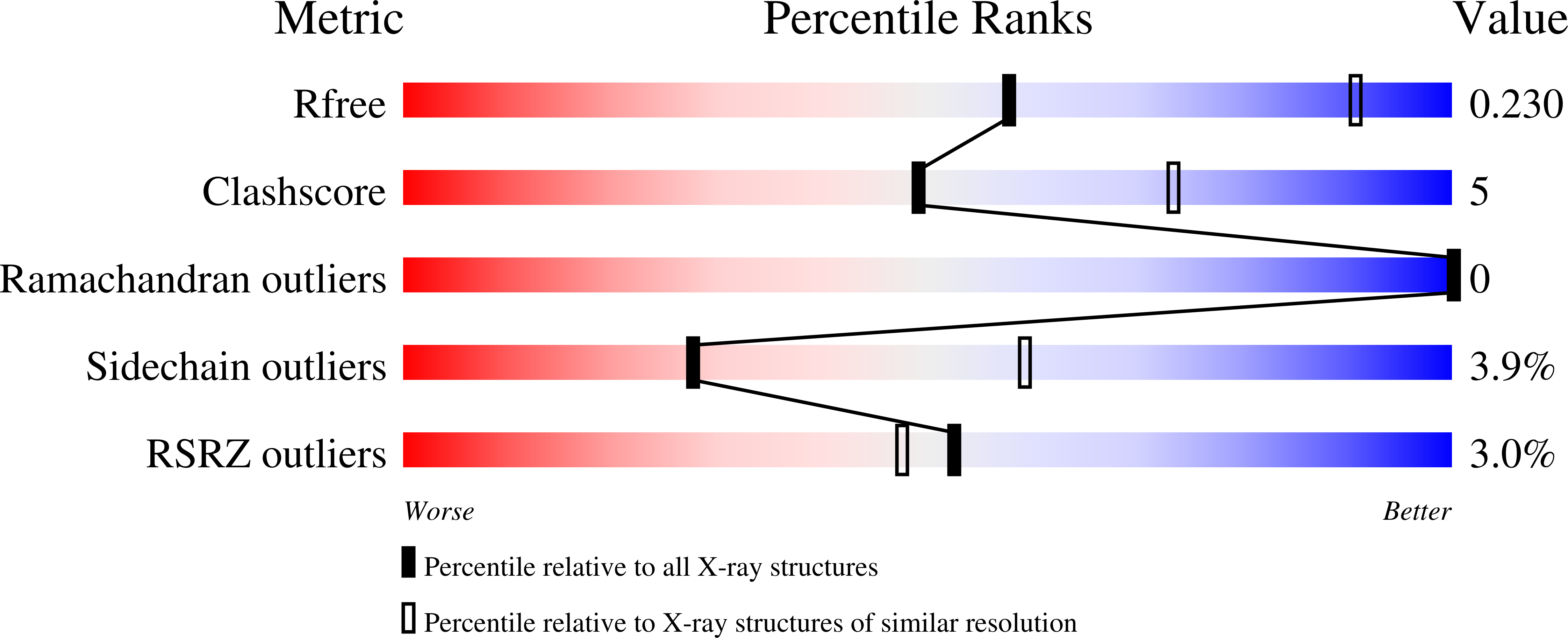
Deposition Date
2024-10-24
Release Date
2025-03-26
Last Version Date
2025-03-26
Entry Detail
PDB ID:
9H6E
Keywords:
Title:
Complex of Histidine-containing phosphotransfer 1 (AHP1) and Response regulator 1 (ARR1) from A. thaliana
Biological Source:
Source Organism:
Arabidopsis thaliana (Taxon ID: 3702)
Host Organism:
Method Details:
Experimental Method:
Resolution:
2.87 Å
R-Value Free:
0.22
R-Value Work:
0.19
R-Value Observed:
0.19
Space Group:
P 21 21 21


